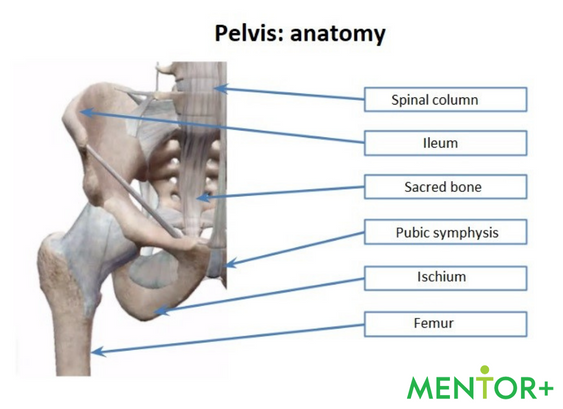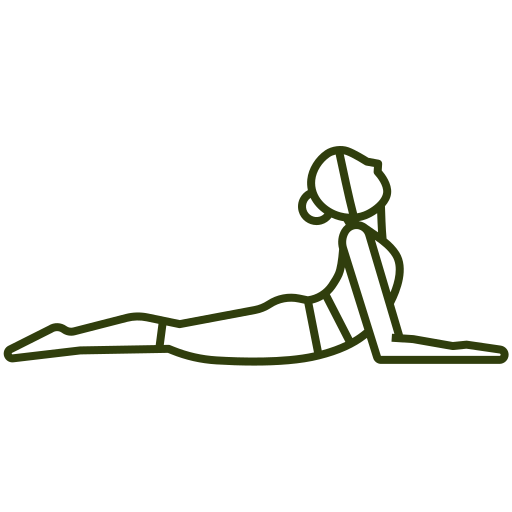To know your body, as a daily machine tool that allows us to experience everyday reality, is the starting point for taking best care of it. This knowledge includes paying attention and listening to your own body, the research and discovery of it, not only to be able to watch what we like or we dislike, but also to better relate with the most refined instrument we have available.
Let’s examine the constituents.
Vertebral column
Bony complex that constitutes the skeleton of the spine, has the function of supporting the trunk and head and protecting the spinal cord, enclosed within it. The spinal column is made up of 33-34 bones, called vertebrae, which articulate with each other. The natural curves that the spine follows are identifiable as cervical lordosis, dorsal kyphosis, lumbar lordosis, sacral kyphosis.
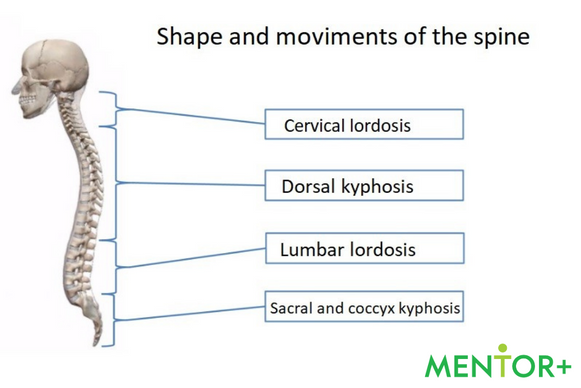
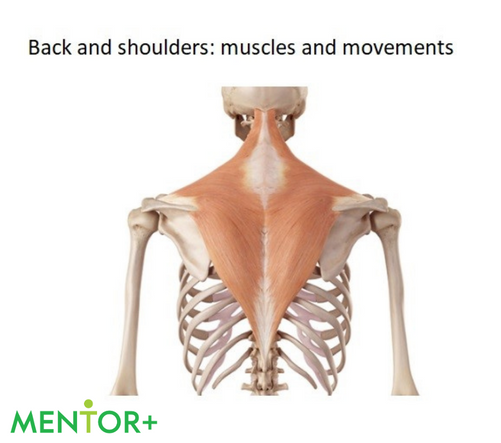
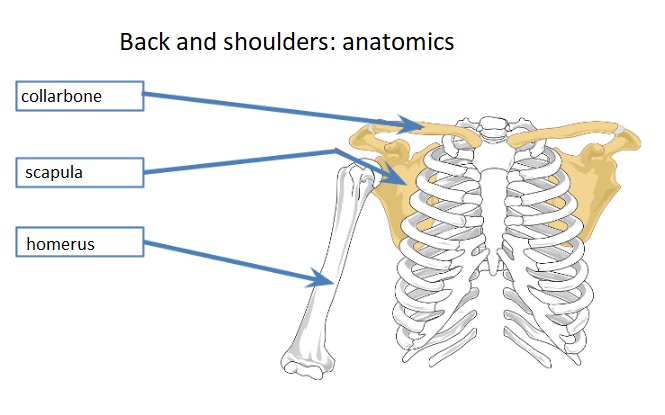
Cervical and neck
The neck is made up of 7 vertebrae (2 of the high cervical and 5 of the low cervical). The first two vertebrae act as a support point for the bony structure of the head, while the vertebrae that make up the lower cervical are endowed with greater mobility and connect the head to the spinal column. The neck has a natural physiological curve (cervical lordosis).
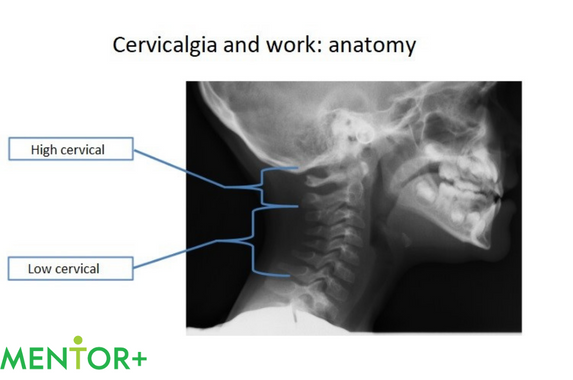
Wrist and hands
the wrist joint is made up of several bones and small muscles and ligaments; it is a very mobile joint, capable of different movements.
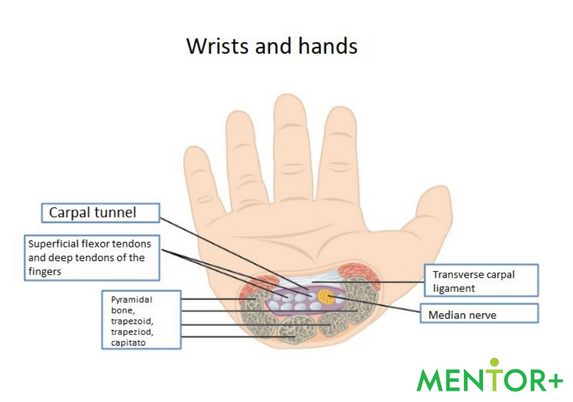
Lumbar
The final stretch of the spinal column which supports the entire column, is composed of the lumbar vertebrae, the sacrum, the hip bones and the first part of the femur. Its movements are anteversion (forward flexion) and retroversion (backward extension) and rotation. The movements of the pelvis in anteversion involve the lengthening of the thigh and gluteal muscles, while there is a shortening of the lumbar and abdominal muscles. The muscles are activated in the opposite way for the retroversion movement.
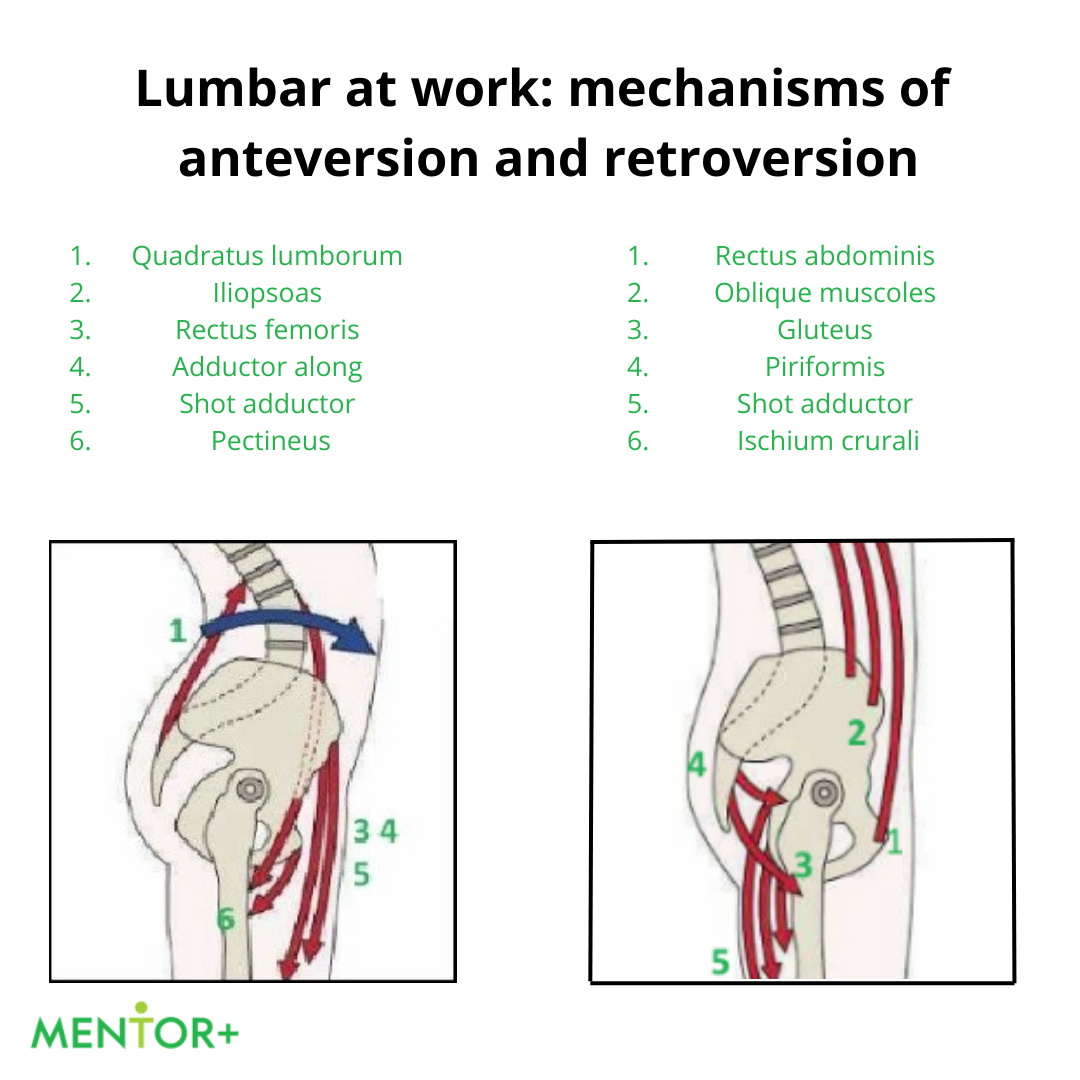
Core
Muscles that make up the abdomen (obliques and abdominals) and gluteal muscles (musculature dorsal); this band of muscles that is at the center of our body, also called “scaffold”, guarantees us balance and stability: training it through training on unstable surfaces allows us to improve posture, sitting and suffer less body tension.
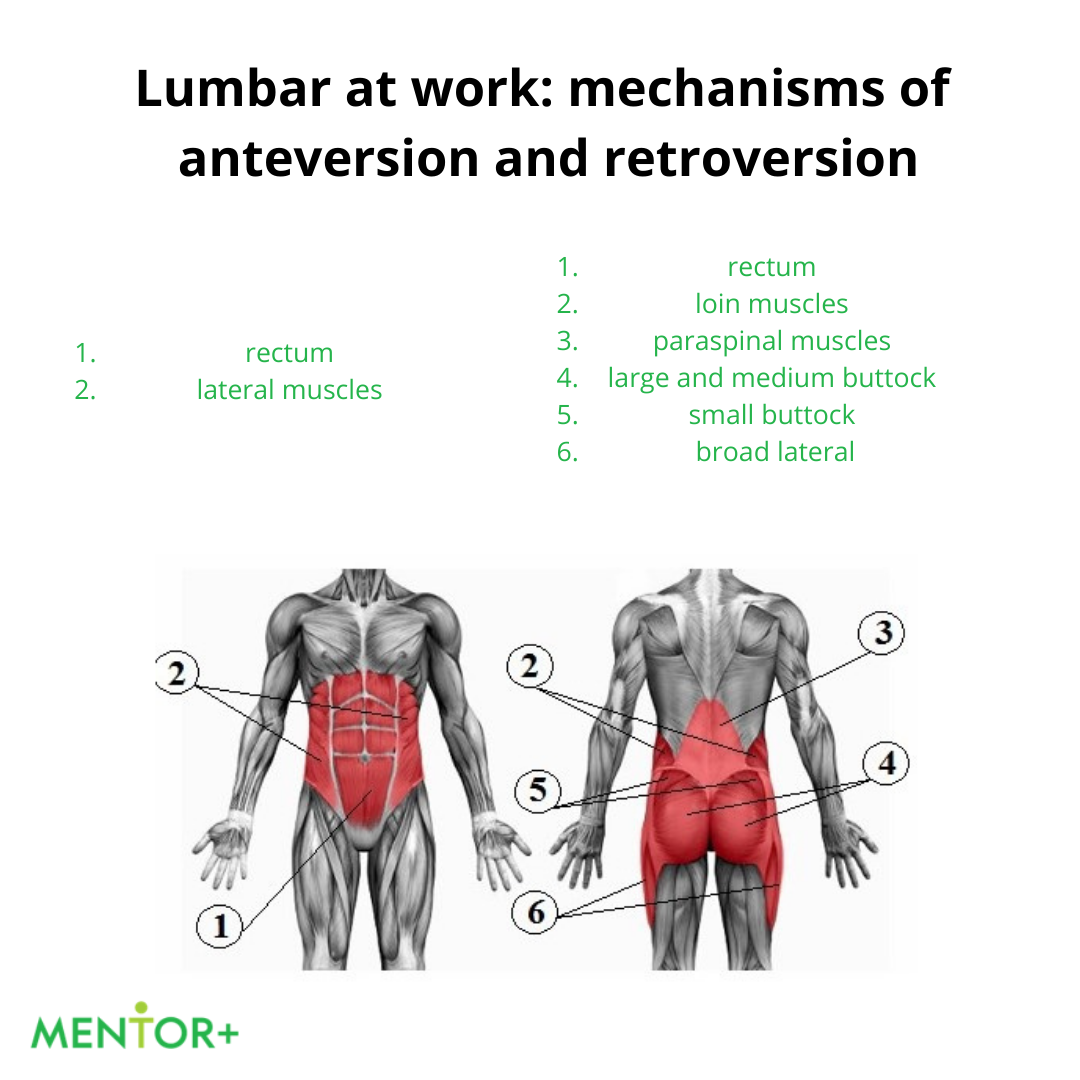
Lower limbs
The lower limbs are connected to the trunk by the pelvis, formed by the two hip bones firmly articulated with the sacrum and the coccyx. The lower limb can be divided into six regions: hip, thigh, knee, leg, instep and foot. The bone structure of the lower limbs is robust and, for each limb, is represented by the hip bone, the femur, which forms the thigh, the tibia, which together with the fibula forms the leg, and the bones of the foot. The lower limbs represent the main structure responsible for the static and dynamic function of the entire body.
